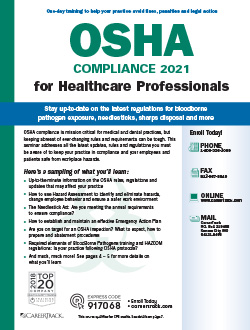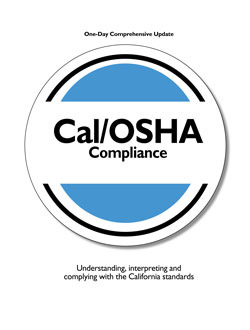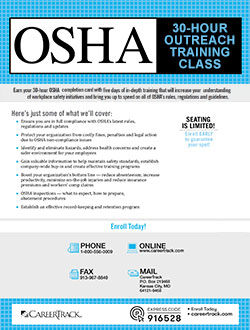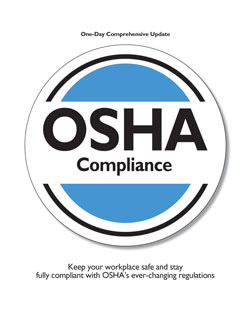OSHA Ergonomics
In my former career as a facilities manager I was tasked with overseeing all of our OSHA compliance. We were a small company of forty-five employees primarily all office/desk workers. A few months after we moved into a newly built facility with all new furniture (chairs, articulating keyboard trays, etc.), we had a few employees complain of wrist and back pain. Thus, began my research — were we responsible for supplying employees with yet another chair or an adjustable desk? According to OSHA ergonomics it is the responsibility of the employer to adapt tasks, work stations, tools and equipment to fit the worker. In doing so you can help reduce physical stress on a worker’s body and eliminate many potentially serious, disabling work-related musculoskeletal disorders (MSDs). My research uncovered that MSDs account for $1 of every $3 spent for workers’ compensation. And each year MSD’s account for more than $15 billion to $20 billion in workers’ compensation costs. Total direct costs add up to as much as $50 billion annually.
Armed with this new knowledge an ergonomist was brought in to work with each of our employees’ individually on such items as proper seating, how to align themselves at their desk, how to type without hurting their wrist or back, etc. We spent an additional $8,000 on such items as desk-top lighting and footrest. One employee required a variable desk where she could stand or sit depending on the time of day. I also learned there was such a thing as a left-handed keyboard. Our receptionist was issued a headset to wear on the phone. She refused, and continued using a handset with a cradle which caused her to crook her neck to the side and raise her shoulder to meet the handset. As you can imagine this was causing her a lot of neck and shoulder pain. I looked at the ergonomist visit and findings as a Job Safety Analysis (JSA). It was determined that using a headset would protect our employee from MSD’s. I explained to our receptionist that her headset is her Personal Protective Equipment (PPE) and we will require she wear her headset every day. Afterall her headset protecting her from harm is the same as my hardhat protecting me from harm while on our construction site. Two-weeks after she started using her headset she realized that the pain in her neck and shoulders was gone.
An additional $8,000 may sound like a lot of money to spend on chairs, headsets and keyboards however, consider the cost of workers compensation claims, or lost time and production while your employees are out having surgery and recuperating. On average, it takes workers 28 days recover from carpal tunnel syndrome, that’s more than the time needed to recover from amputation or fractures. MSDs account for 34 percent of all lost-workday injuries and illnesses. Consider the big picture, don’t be penny wise and dollar foolish. You could save both human and financial resources simply by working with an ergonomist.








